Stained glass window at the Museum of Church History and Art in Salt Lake City, Utah
You Should Also Know
Though the Latter-day Saints (LDS) church views the many Christian denominations as proof that Christs One True Church was lost, numerous LDS splinter groups exist. The second largest of these groups is the Community of Christ (known originally as the Reorganized Church of Jesus Christ of Latter Day Saints, or RLDS). Additionally, numerous fundamentalist LDS groups believe that the Utah-based LDS church itself became apostate when it officially renounced polygamy in 1890.

Was Joseph Smith a True Prophet of God?
Mormonism Claims
Uniquely Important
Joseph Smith (18051844), the churchs founder and first president, is a modern prophet, seer, and revelator (a person who reveals divine truth). He is ranked in importance second only to Jesus Himself when it comes to the salvation of mankind: Joseph Smith, the Prophet and Seer of the Lord, has done more, save Jesus only, for the salvation of men in this world, than any other man that ever lived in it.
Genuine or Fraud
According to tenth LDS president Joseph Fielding Smith, Mormonism, as it is called, must stand or fall on the story of Joseph Smith. He was either a prophet of God, divinely called, properly appointed and commissioned, or he was one of the biggest frauds this world has ever seen. There is no middle ground.

The Bible Teaches
Testing Prophets
God provided two main tests for Israelites to determine whether a self-proclaimed prophet was legitimate. First, he must represent the true God of the Hebrews; prophets who introduced false gods were to be immediately rejected (Deut. 13:1-3). Second, they were to reject professing prophets who incorrectly foretold the future (Deut. 18:20-22). They were also commanded not to add to or take away from the revelations God had given them (Deut. 4:2; Prov. 30:6).
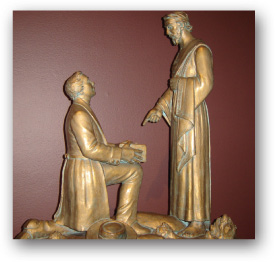
Joseph Smith receives the Book of Mormon from Moroni Bill McKeever. Used with permission.
You Should Also Know
Joseph Smith denied the biblical view of God ().
Mormon leaders have often made incredible statements about the role and character of Joseph Smith. For example, Mormon prophet Brigham Young and his counselor, George Q. Cannon, both insisted that the only way a Latter-day Saint could hope to enter the highest level of Mormon heaven (the celestial kingdom) was if he had Joseph Smiths permission.

What Is Mormon Scripture?
Mormonism Claims
Four Standard Works
The LDS church accepts four books as its standard works:
- The Bible (King James Version)
- The Book of Mormona translation of an ancient document that gives an account of three people groups who migrated to the Americas from the Middle East, the latest of these arriving about 589 BC .
- The Doctrine and Covenantsa collection of modern revelations, most of which were given by LDS church founder Joseph Smith.
- The Pearl of Great Pricea collection of smaller works.
Of these four, only the Bible is considered to have corruptions and is accepted with qualifications ().
Continuing Revelation
Mormons are also instructed to accept the words of their living prophets.
Because of their belief in continuing revelation, Mormons do not view their scriptures as being closed, meaning that some doctrines may be changed or added in the future.

The Bible Teaches
The Bible vs. Mormon Revelations
The Bible says its a serious offense to claim God said something when He actually didnt. Before Mormon scripture can be given any credibility at all it must agree with what God has already revealed in the Biblefor example, see Acts 17:11, Hebrews 1:1-2. (The Mormon church takes no such position. In fact, the churchs First Presidency has insisted that the most reliable way to measure the accuracy of any biblical passage is not by comparing different texts, but by comparison with the Book of Mormon and modern-day revelations.)

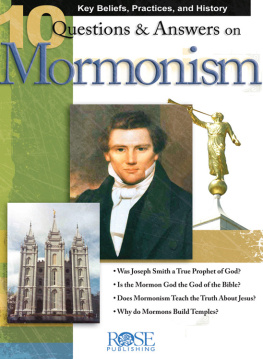
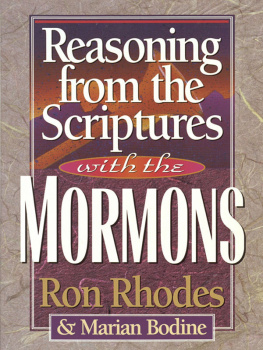

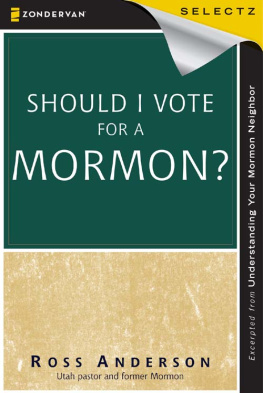
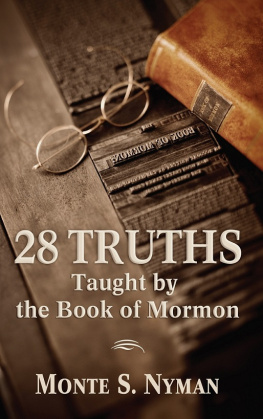
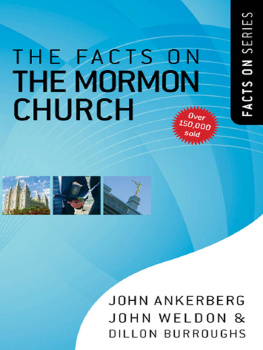
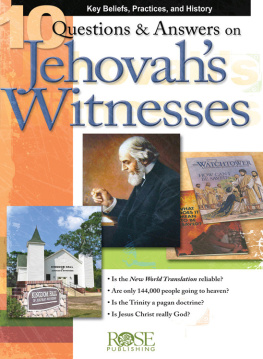
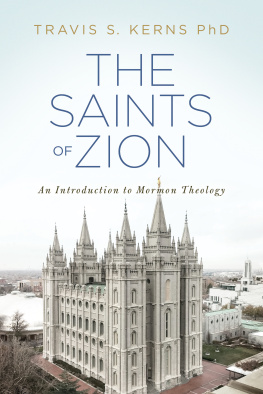
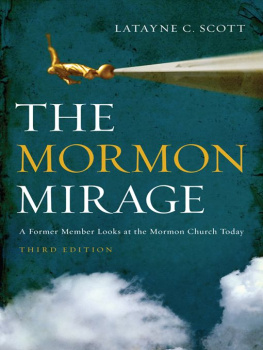
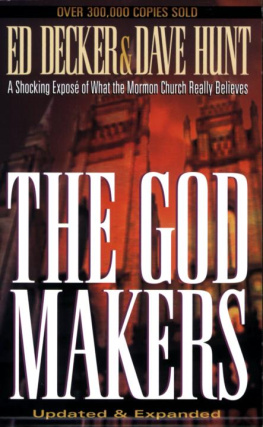
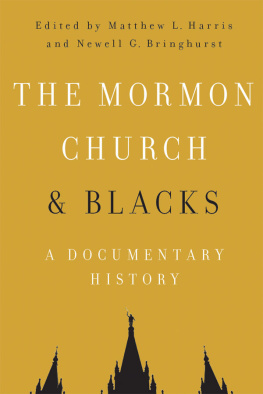

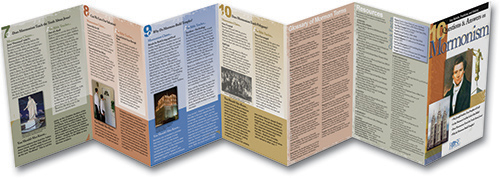
 Did the Christian Church Really Need to Be Restored?
Did the Christian Church Really Need to Be Restored? The Bible Teaches
The Bible Teaches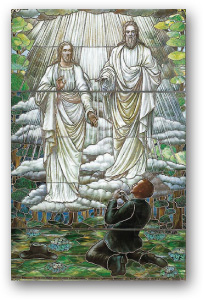
 Was Joseph Smith a True Prophet of God?
Was Joseph Smith a True Prophet of God? The Bible Teaches
The Bible Teaches
 What Is Mormon Scripture?
What Is Mormon Scripture? The Bible Teaches
The Bible Teaches